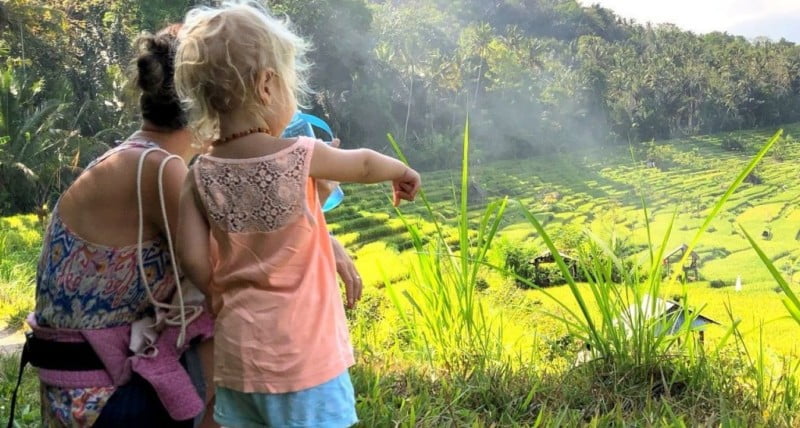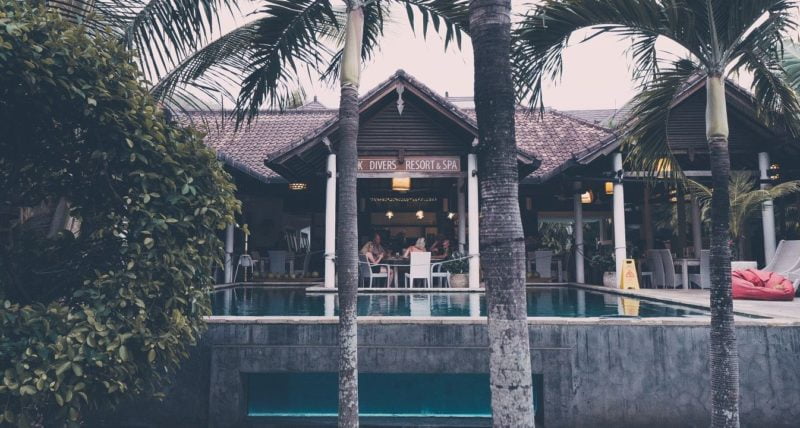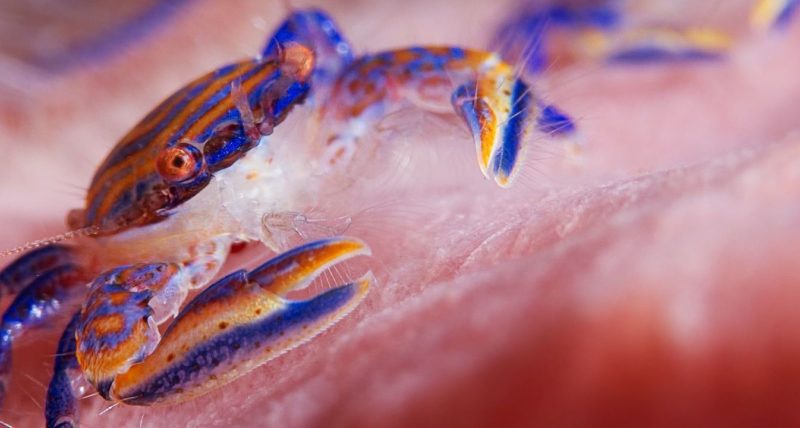What do we do with the Great Pacific Garbage Patch
Care for the nature. Save the future
If you have ever wandered what happens with the plastic you see floating in the ocean than you have probably never heard of Garbage patches. As sad as it may be, each ocean on our planet has one and the biggest one is in the North Pacific. The amount of trash going into the sea in most of the countries around the world is pretty much uncontrolled and really many people don’t even realise what is going on. Land debris always went in to the ocean and it used to be good. Peaces of wood or a bit of mud mixed with some leaves after some rain was a natural thing and the sea and its creatures learned to appreciate it and take advantage of it. But things are different today and I can tell you it is not an easy thing to take any advantages out of plastic? Probably the happy little crab hanging on a floating flip flop would be one of the few beneficiaries of the changed seas.
The Solution Is Less Pollution
Every patch is characterised by an exceptionally high concentration of pelagic plastic, chemical sludge and other debris that have been trapped by the currents of the oceans. The size of the biggest garbage patch in the Pacific is unknown. We only have estimates of it’s size, which range from 700 000 square kilometres to more than 15 000 000 square kilometres. Imagine the size of the continental USA and you aren’t still quite there. The worst estimates are twice that bad. The obvious question would be, so why we do not still have any pictures of it?
The reason is actually quite simple. It is because despite the size and density of this patch (4 particles per cubic meter) no one can actually properly see it. The debris is not visible from satellite photography, nor even to the crew of the boats or even a diver in the infested area but that doesn’t mean it is not there. Plastic’s do not like the sun that much and in combination with salty water they break down into small particles, later to polymers and even high concentrations of small polymers which is not even visible from space, what is worse not even do they appear as a continuos debris field to the human eye.
The sad story is that like with nearly everything we know, it was going to happen but we never really cared. The Great Pacific garbage patch was already predicted in 1988 by the National Oceanic Atmospheric Administration of the US. The problem is that we still do not care, even now as we can’t see it properly. Most of the particles are suspended below the surface and they are so small that we can not even see them ourselves.
Because the debris is so small it is becoming part of the food chain. The particles are so little that they are ultimately being eaten by aquatic organisms living close to the surface which are obviously eaten by different fish and most of those fish in the end are eaten by humans. I honestly do not think that was the sort of recycling we had in mind when we were planning on how to deal with the rubbish we produce. Unfortunately so far it is the only and major one.
What can we do than?
- We definitely should try to be more aware when using any plastic’s and break some habits. Please do not forget that most of the time we can say NO to plastic and in every day life we can at least…
- Drink from a glass instead of plastic cups
- Do not use a straw to drink out of the glass, just imagine the amount of straws used per day worldwide.
- Refuse the plastic bags in shops and bring your own one when shopping
- Use a reusable bottle or mug for your drinks.
- Be knowledgeable about the problem and motivate the people around you to be more aware and help to improve the situation.
What is your opinion over the plastic in our oceans? Write us in comments or send an email to OK Divers to share your opinion.


